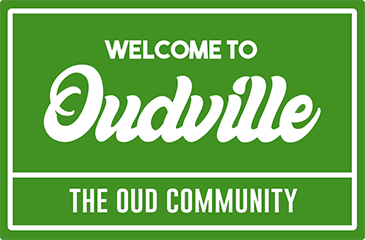Hi Ensar, I have a question which may or may not be simple and I hope you don't mind me asking you here. I assume that this may be of some interest to other oud enthusiasts who may, much like myself, not be entirely clear on what is "organic" oud and what isn't.
From what I've read over the last couple of years oud oils extracted from cultivated oud were almost always universally dismissed as less complex and inferior to those distilled from wild wood. It was considered a fact that cultivated trees are often (but not always) harvested while they are just a few years old before the infection spreads more and the resin matures, so they couldn't be expected to produce the quality of resinated wood that is found in wild growing trees.
In your recent interview to Model News you stated: "I have absolutely no interest in the cultivated varieties of agarwood. I’ve always meant to write an article to explain the differences, just never got to it." But now it appears that you are spearheading a push towards ethically harvested organic cultivated oud trees to source your new distillations. Why the change of heart? Did you find a new, previously unknown, source of cultivated trees that were allowed to mature long enough to produce resin of quality previously unseen with cultivated oud? Or did the growers you came across employ some radically different cultivation methods that caused you to have a 180-degree in your outlook? Or is it perhaps the extinction of naturally-occuring trees in the wild?
I am just trying to understand this - you've always prided your products to be not only of the highest quality but also of wild origin, so what has changed now?
Many thanks in advance!
From what I've read over the last couple of years oud oils extracted from cultivated oud were almost always universally dismissed as less complex and inferior to those distilled from wild wood. It was considered a fact that cultivated trees are often (but not always) harvested while they are just a few years old before the infection spreads more and the resin matures, so they couldn't be expected to produce the quality of resinated wood that is found in wild growing trees.
In your recent interview to Model News you stated: "I have absolutely no interest in the cultivated varieties of agarwood. I’ve always meant to write an article to explain the differences, just never got to it." But now it appears that you are spearheading a push towards ethically harvested organic cultivated oud trees to source your new distillations. Why the change of heart? Did you find a new, previously unknown, source of cultivated trees that were allowed to mature long enough to produce resin of quality previously unseen with cultivated oud? Or did the growers you came across employ some radically different cultivation methods that caused you to have a 180-degree in your outlook? Or is it perhaps the extinction of naturally-occuring trees in the wild?
I am just trying to understand this - you've always prided your products to be not only of the highest quality but also of wild origin, so what has changed now?
Many thanks in advance!
